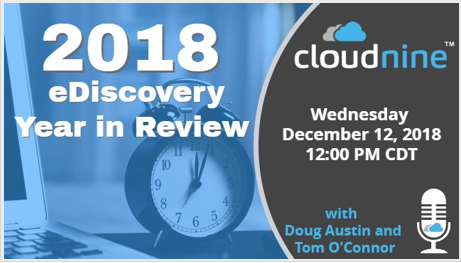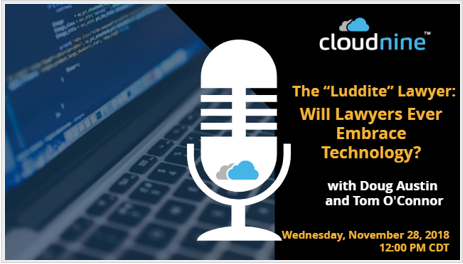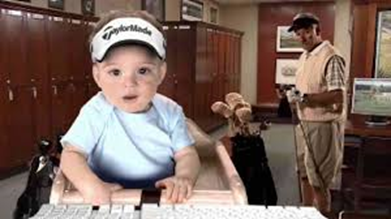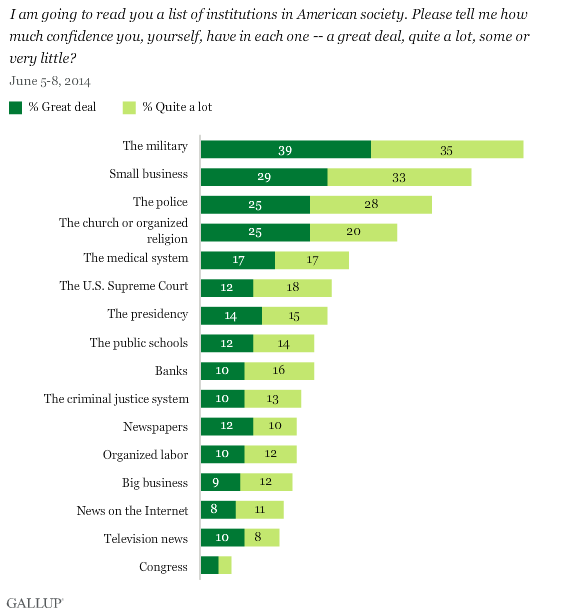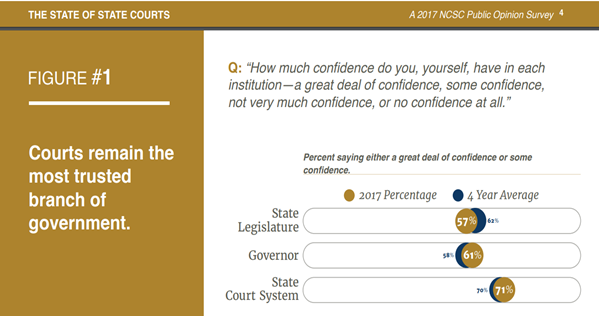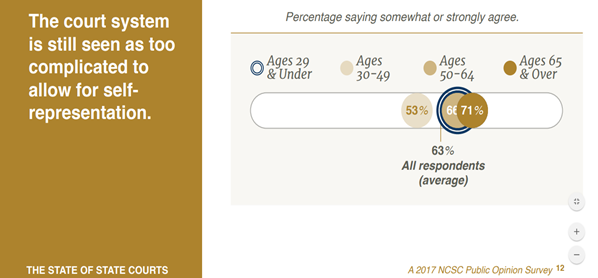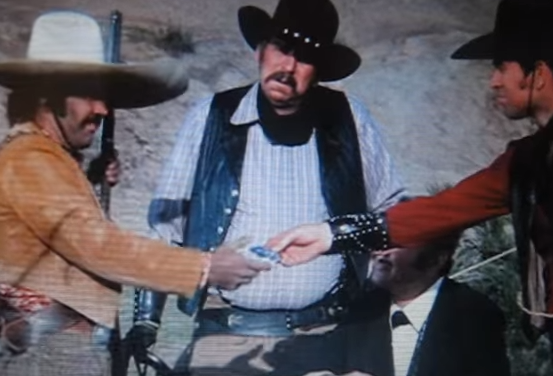Here’s a Webcast to Learn about Important eDiscovery Developments for 2018: eDiscovery Webcasts
I know it seems like we just conducted a webcast (we did, two days ago), but we already have another one coming up! 2018 has been a very busy and significant year from an eDiscovery standpoint. This year has had everything from new data privacy laws here and in Europe to the use of Internet of Things (IoT) devices in discovery to important trends regarding the use (or non-use) of Technology Assisted Review (TAR) to a landmark SCOTUS case regarding accessing cell phone location data without a warrant. Here’s a webcast that will discuss what do you need to know about these and other important 2018 events and how they impact your eDiscovery efforts.
Wednesday, December 12th at noon CST (1:00pm EST, 10:00am PST), CloudNine will conduct the webcast 2018 eDiscovery Year in Review. In this one-hour webcast that’s CLE-approved in selected states, we will discuss key events and trends in 2018, what those events and trends mean to your discovery practices and provide our predictions for 2019. Topics include:
- Technology Competence Trends and Developments
- CLOUD Act and the Microsoft Ireland Case
- General Data Protection Regulation (GDPR) and California Data Privacy Law
- Data Privacy and Cybersecurity Trends and Challenges
- SCOTUS Ruling in Carpenter v. US
- Technology Assisted Review (TAR) Trends
- Internet of Things (IoT) Devices as Sources of ESI
- Business and Investment Trends within eDiscovery
- Form of Production Trends and Disputes
- New Resources for eDiscovery Best Practices
As always, I’ll be presenting the webcast, along with Tom O’Connor. To register for it, click here. Even if you can’t make it, go ahead and register to get a link to the slides and to the recording of the webcast (if you want to check it out later). If you want to learn how key events and trends in 2018 can affect your eDiscovery practice, this webcast is for you!
So, what do you think? Were you busy this year and have FOMO (fear of missing out) on important info for 2018? If so, please join us! And, as always, please share any comments you might have or if you’d like to know more about a particular topic.

Sponsor: This blog is sponsored by CloudNine, which is a data and legal discovery technology company with proven expertise in simplifying and automating the discovery of data for audits, investigations, and litigation. Used by legal and business customers worldwide including more than 50 of the top 250 Am Law firms and many of the world’s leading corporations, CloudNine’s eDiscovery automation software and services help customers gain insight and intelligence on electronic data.
Disclaimer: The views represented herein are exclusively the views of the author, and do not necessarily represent the views held by CloudNine. eDiscovery Daily is made available by CloudNine solely for educational purposes to provide general information about general eDiscovery principles and not to provide specific legal advice applicable to any particular circumstance. eDiscovery Daily should not be used as a substitute for competent legal advice from a lawyer you have retained and who has agreed to represent you.

